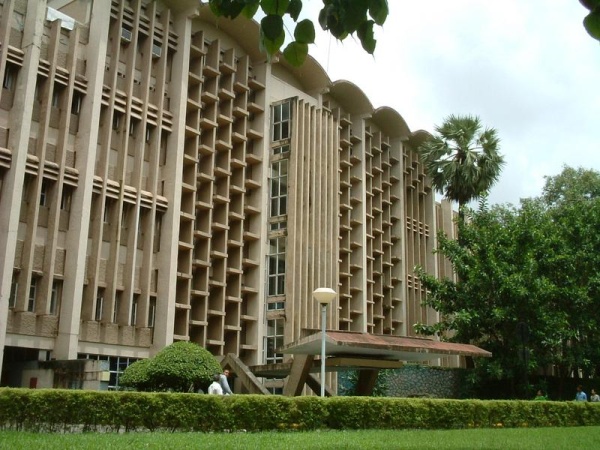
With recent university rankings published by British education organization Quacquarelli Symonds (QS) revealing that institutions in India do not match up to their foreign counterparts, International Business Times India Edition enquired why our institutions are lagging behind.
Ben Sowter, head of research at Quacquarelli Symonds, in an email communication with IB Times, cited the lopsided student-teacher ratio and the limited influx of international students to Indian universities as the major parameters where Indian institutions fell below par. While praising the Indian Institute of Technology (IIT) colleges, which dominated among Indian Universities, he said that research in India is still to make a strong global impact.
IIT Delhi and IIT Bombay ranked 13th and 15th respectively in the list of BRICS nations, though failing to make it to the top ten, while they were ranked 38th and 41st respectively in Asia.
"The various QS ranking exercises that feature Indian institutions highlight some consistent strengths and weaknesses. The IITs in particular have an excellent reputation among employers as producers of graduate talent, suggesting that the academic caliber of the students there is very high," Sowter said.
"Yet the weaknesses of Indian institutions in relation to the international competition are also clear. Student/faculty ratios remain very high, suggesting an underinvestment in teaching resources relative to student intake."
Sowter highlighted that more research was being done in India than before.
"Indian institutions have started to produce a great deal more research than in the past, and in our BRICS ranking the top ten institutions for research productivity are all from either India or China. However, though the volume of published research has increased, it is still not being widely cited, suggesting it has a limited impact in global academia," he explained.
"Unlike their international competitors, Indian institutions are not yet at the stage where they are able to attract high-quality international students and academics in significant numbers".
Sowter's points found concurrence in the views of IIT Bombay's Rajiv Dusane, professor of metallurgical engineering and material sciences as well as the dean of International Relations.
"Student-teacher ratios in IITs are high mainly because there is a dearth of good faculty. Getting good teachers is a challenge, and at present, our student-teacher ratio is about 14-1, though we would want it to be 10-1," Dusane told IB Times.
He also said that while research work was being published in international journals, it was not being cited enough.
On the issue of getting international students to Indian institutions, Dusane said that it was a problem because of the general environment in the country and the image among foreign students.
"Students abroad have a different image about our country. However, in the last five years, the number of international undergraduate students coming to IIT Bombay has doubled from 30 in a year to about 60 to 70 in an academic year," he said.
Sowter suggested some means for Indian institutions to meet international standards. "If Indian institutions are to meet their ambition of competing with the world's best, they will have to measure up to international standards in areas such as research, teaching, employability and internationalization. That means ensuring teaching resources are adequate to provide smaller class sizes, increasing the quality and impact of the research that they produce, and above all engaging with the global academic community through research collaborations, exchange programs, and by attracting the world's best students and academics."










